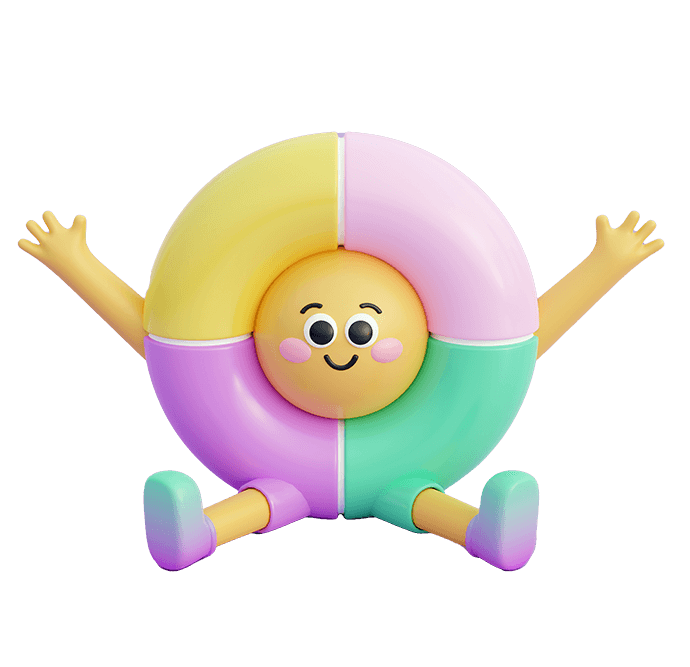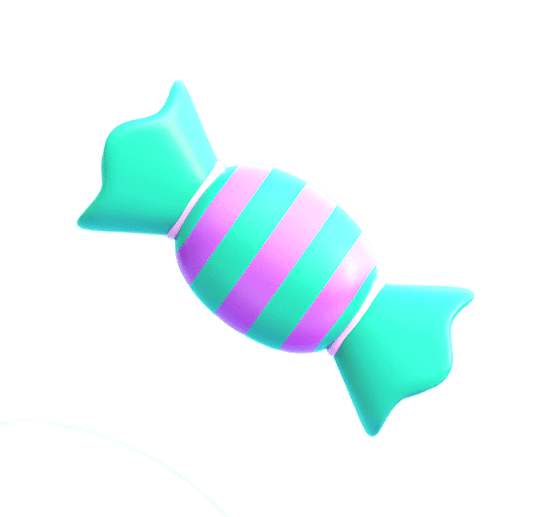The world of soft toys is vast, and if you’ve ever found yourself wondering whether a plush toy and a stuffed animal are the same thing, you’re not alone. These terms are often used interchangeably, but in reality, there are subtle yet important differences between the two. Understanding these distinctions can not only help you choose the right toy but also deepen your appreciation for their design and significance.
While both plush toys and stuffed animals are made from soft fabrics and stuffed materials, they differ primarily in design and function. Plush toys are often more flexible and varied in design, while stuffed animals typically represent real or imagined creatures and are designed for more structured play.
In this guide, we’ll explore the key differences between plush toys and stuffed animals, from their materials and design to their durability and popularity. By the end of this article, you’ll have a comprehensive understanding of which type of soft toy is right for you, whether you’re purchasing for a child, a collector, or just for fun.
1. Vad är en plyschleksak?
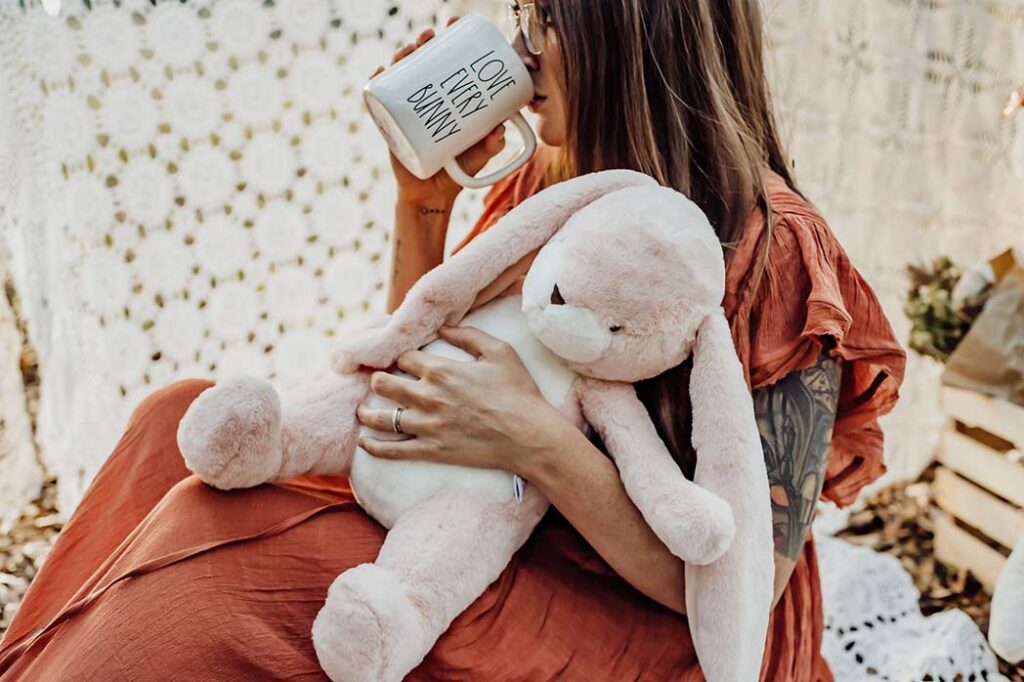
Plush toys are soft, huggable objects made primarily for comfort and companionship. They are typically made from soft fabrics and filled with materials that make them squishy and cuddly. Unlike stuffed animals, which are usually designed to resemble real-life creatures, plush toys can take any shape, including abstract designs or fictional characters.
Plush toys are soft, comforting, and often take creative or abstract forms. They’re designed for comfort and can be made into almost any shape, from animals to characters or imaginative objects.
- Material: Plush toys are usually made from velboa (a soft polyester fabric), fleece, or cotton. These materials ensure a soft texture, ideal for cuddling or as comfort items. They are often filled with polyester fiber, which helps maintain their shape while keeping them lightweight and durable.
- Design: Plush toys are incredibly versatile in design. While many plush toys do resemble animals, they can also take on creative, whimsical forms—such as clouds, food items, or even human characters. This flexibility allows for more creative expression in the toy-making process.
- Usage: Plush toys are primarily used for comfort, emotional support, or display. They are often chosen for their softness and cuddliness, making them perfect companions for children or adults looking for comfort.
| Material | Beskrivning | Gemensam användning |
|---|---|---|
| Velboa | Soft, smooth polyester fabric | Soft plush toys with luxurious feel |
| Fleece | Cozy, breathable fabric | Plush toys intended for warmth |
| Bomull | Natural, breathable material | Eco-friendly plush toys |
| Polyesterfiber | Durable, soft filling material | Common stuffing for plush toys |
2. What Is a Stuffed Animal?
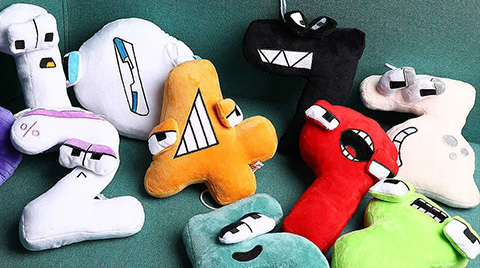
Stuffed animals are toys that resemble real or imaginary animals and are typically filled with soft stuffing like cotton or polyester. Unlike plush toys, stuffed animals often have a more rigid design and structure, meant to resemble actual creatures. They are commonly used for play, educational purposes, or as decorative items.
Stuffed animals are designed to resemble real or imaginary creatures and are often more rigid in design than plush toys. They’re typically filled with cotton or polyester for durability.
- Material: Stuffed animals are filled with denser materials compared to plush toys. While they often use polyester fiber or cotton stuffing, they may also contain other materials like foam or beads to provide firmness or structure. The outer fabric may be cotton, felt, or fleece, depending on the specific design.
- Design: Stuffed animals are designed to mimic the appearance of animals or other creatures. Their structure is often more rigid, with distinct features such as ears, paws, and limbs, making them more identifiable as specific animals. Some stuffed animals are designed to be educational, teaching children about different species or animals.
- Syfte: Stuffed animals are typically used for play, comfort, and learning. Many are designed to be companions for children, helping with emotional growth and imaginative play. They are also often used as collectibles or memorabilia.
| Material | Beskrivning | Gemensam användning |
|---|---|---|
| Bomull | Soft, natural material | Ideal for stuffed animals meant for young children |
| Filt | Thick, durable fabric | Used for detailing in stuffed animals |
| Polyesterfiber | Lightweight, resilient stuffing | Common for durability in stuffed animals |
3. How Do Plush Toys and Stuffed Animals Differ in Terms of Design?
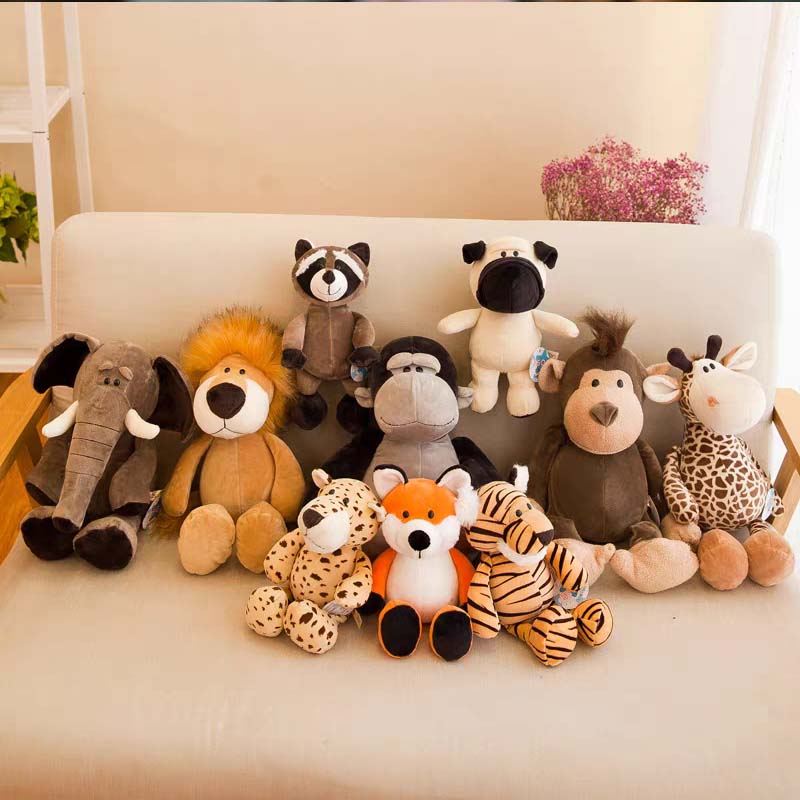
The design of plush toys and stuffed animals is one of the key differences between the two. While both are intended to be soft and comforting, their structure, details, and forms can vary significantly.
Plush toys tend to be more flexible and creative in design, often taking on abstract or whimsical forms, while stuffed animals are designed to be more realistic and resemble animals or creatures.
- Shape and Structure: Plush toys can take any form, whether abstract, human-like, or animal-based, allowing for greater creative freedom. They’re often squishy and flexible, without rigid parts. Stuffed animals, on the other hand, are generally designed to look like real animals, with more defined shapes, features, and proportions.
- Detailed Features: Stuffed animals usually have more intricate details like eyes, noses, and limbs, designed to give them a more lifelike appearance. Plush toys may have less realistic features, focusing more on color, texture, or charm than on realism.
- Avsedd användning: Plush toys are often intended for comfort and companionship, while stuffed animals are more commonly associated with play, learning, or as collectible items. The more rigid structure of stuffed animals allows them to be used for active play or educational purposes, while plush toys are better suited for cuddling or as decorative items.
| Designaspekt | Plyschleksak | Uppstoppat djur |
|---|---|---|
| Shape and Structure | Flexible, creative, squishy | Rigid, animal-like structure |
| Detail and Features | Simplified, often abstract | Realistic features (ears, paws, etc.) |
| Syfte | Komfort, känslomässigt stöd | Play, learning, collectibles |
4. Are Plush Toys and Stuffed Animals Made from Different Materials?
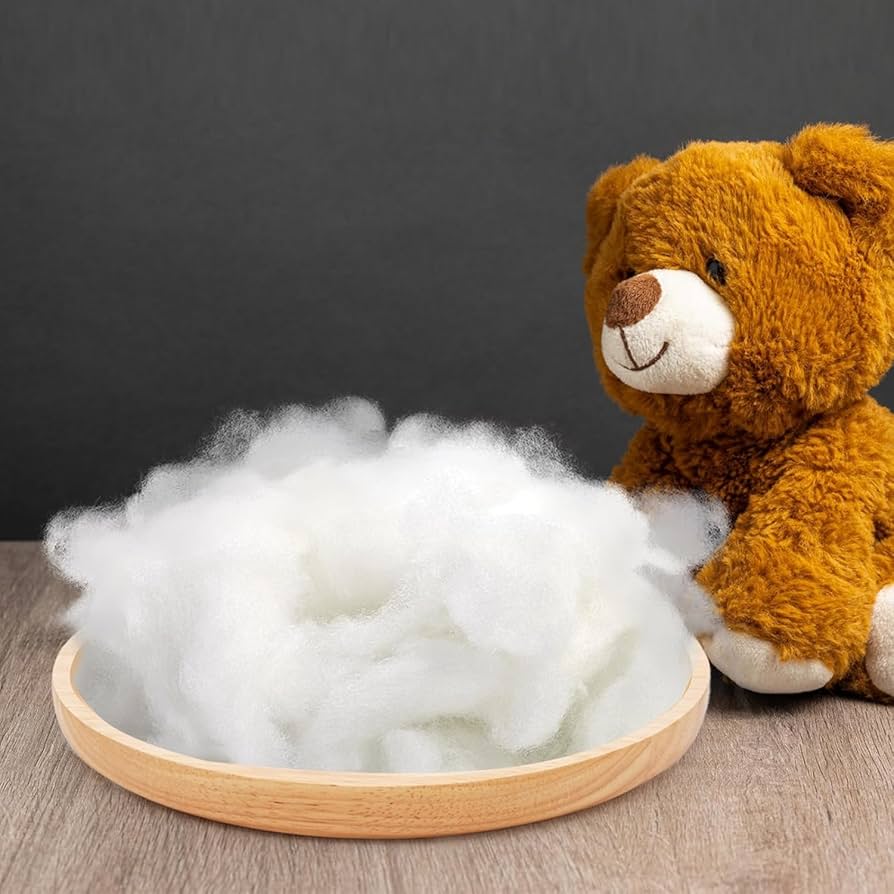
Both plush toys and stuffed animals share similar materials, but the key difference lies in the quality and structure of the fabrics used and how they are assembled.
While plush toys and stuffed animals are made from similar materials like polyester and cotton, stuffed animals typically use denser fabrics and more filling to maintain their structured shape.
- Yttermaterial: Plush toys often use softer fabrics like velboa, fleece, or velour for their outer material. These fabrics give them a plush and comforting feel. Stuffed animals, however, are usually made from thicker fabrics like felt or cotton, which help maintain their more rigid form.
- Fyllnadsmaterial: Stuffed animals typically have more dense stuffing, which gives them the firm structure necessary for their lifelike appearance. Plush toys are usually filled with softer materials, which allow them to remain more flexible and squishy.
- Durability and Care: The materials used for stuffed animals are often more durable and suited for frequent handling, such as play. Plush toys, while still durable, may require more care to preserve their softness and texture, especially after frequent washing.
| Material | Plyschleksak | Uppstoppat djur |
|---|---|---|
| Yttertyg | Velboa, fleece, velour | Cotton, felt, denim |
| Fyllning | Polyesterfiber, bomull | Polyester fiber, foam, cotton |
| Hållbarhet | Softer, can lose shape with wear | More durable, better for rough play |
5. Which Type of Toy Is Better for Children: Plush or Stuffed?
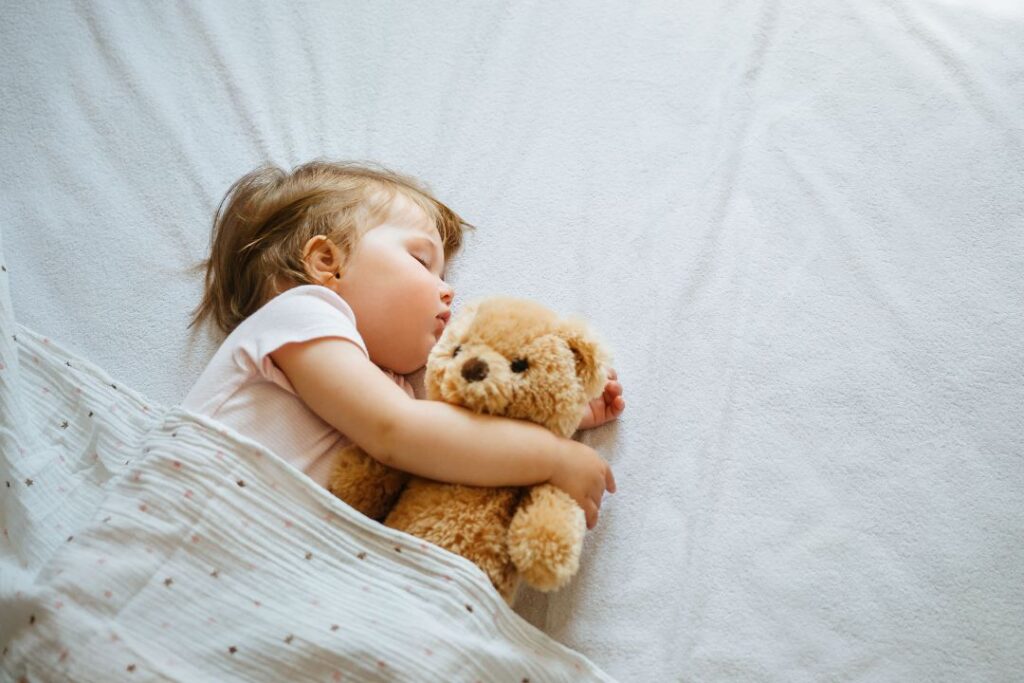
When it comes to selecting the right toy for children, both plush toys and stuffed animals offer unique benefits. However, certain features make one type more suitable depending on the child’s needs and age.
Plush toys are ideal for young children due to their softness and comfort, while stuffed animals are better for educational play or children who enjoy structured toys.
- Age Appropriateness: Plush toys are often softer and safer for younger children, especially babies who may be exploring textures and needing comfort. Their flexible nature and gentle design make them ideal for sleep or cuddling. Stuffed animals, with their more rigid structure and detailed features, are more appropriate for older children who engage in imaginative play or want to learn about different animals.
- Educational Value: Stuffed animals are often used as learning tools, helping children recognize animals, understand emotions, or play pretend. Plush toys, while comforting, generally don’t serve the same educational purpose but are excellent for emotional support and companionship.
| Typ av leksak | Bäst för | Åldersintervall |
|---|---|---|
| Plyschleksak | Comfort, sleep, cuddling | Babies and young children |
| Uppstoppat djur | Imaginative play, learning, education | Older children and collectors |
6. How Do Plush Toys and Stuffed Animals Compare in Terms of Durability?
Durability is an important factor when selecting toys for children or collectors. While both plush toys and stuffed animals are designed to last, their durability can vary based on the materials and construction.
Stuffed animals tend to be more durable due to their firmer design, while plush toys, although soft and comfortable, may wear out faster with heavy use.
- Uppstoppade djur: The denser stuffing and stronger outer fabrics make stuffed animals more resilient to wear and tear, especially for kids who engage in rough play. They maintain their shape better over time, which makes them ideal for active play.
- Plyschleksaker: While plush toys are equally durable, their softer design means they may lose their shape or become worn more easily with heavy use. They’re best suited for less active scenarios, such as cuddling or decorative purposes, rather than constant play.
| Hållbarhetsaspekt | Plyschleksak | Uppstoppat djur |
|---|---|---|
| Firmness | Softer, more prone to wear | Firmer, holds shape better |
| Avsedd användning | Comfort, decorative use | Play, learning, active use |
| Underhåll | Requires more care to retain shape | Less maintenance needed |
Slutsats
While plush toys and stuffed animals share similarities, they differ significantly in design, materials, and intended use. Plush toys are ideal for comfort, cuddling, and emotional support, while stuffed animals are better for active play, learning, and educational purposes. Understanding the differences between the two types of toys can help you make the best choice, whether you’re looking for a comforting companion or a playful, educational toy.
At Kinwin, we specialize in creating high-quality plush toys and stuffed animals designed to meet the highest standards of comfort, durability, and design. If you’re interested in custom plush toys or have any inquiries, don’t hesitate to contact us today for a personalized quote!

